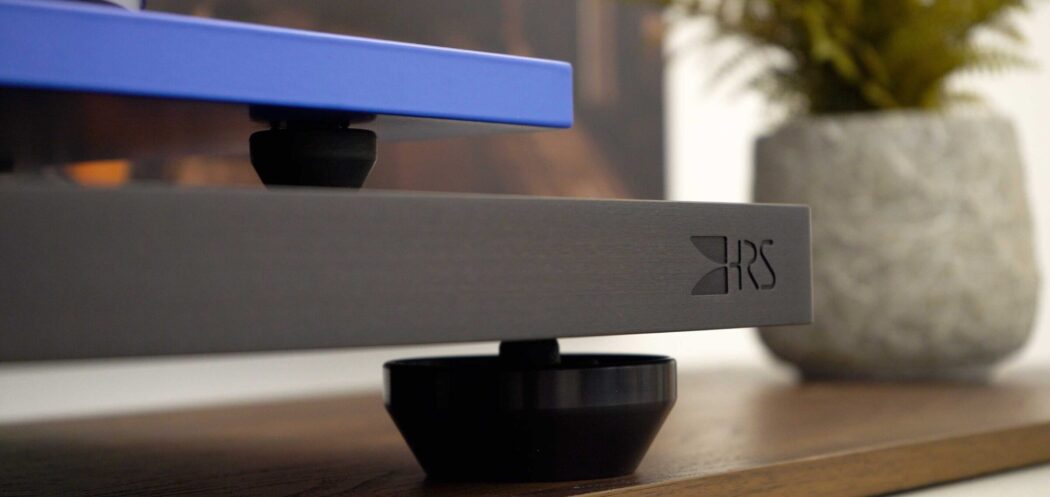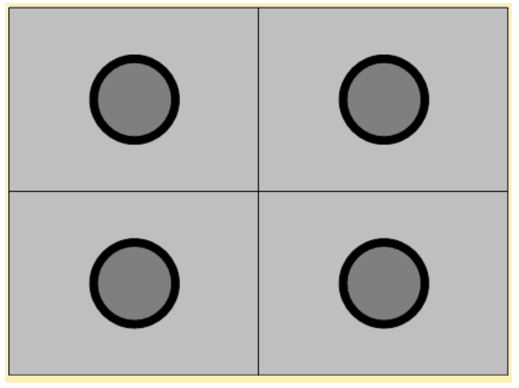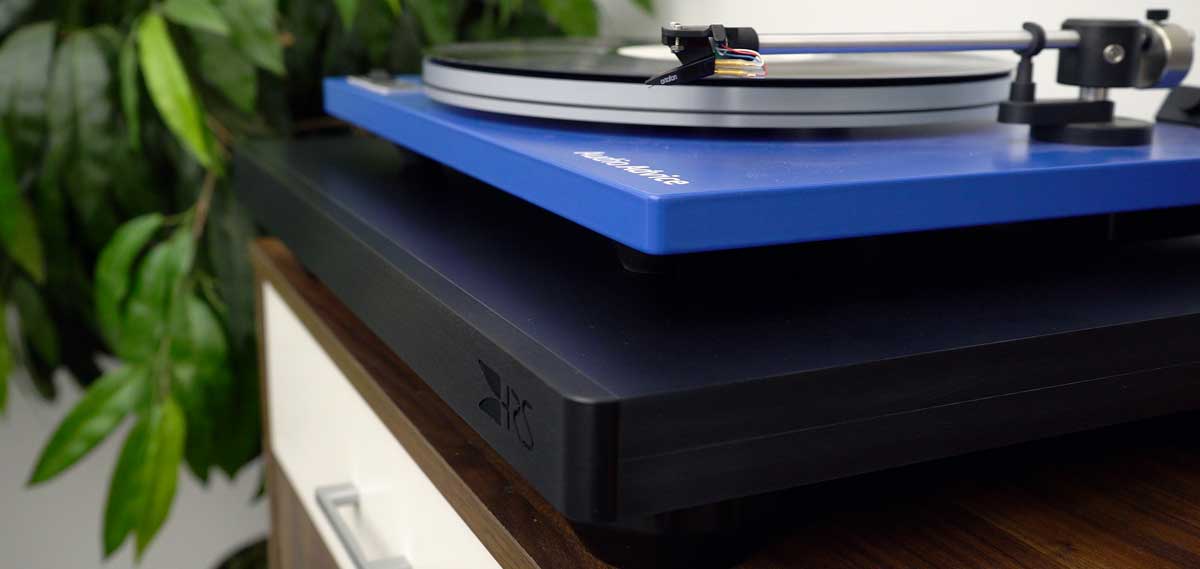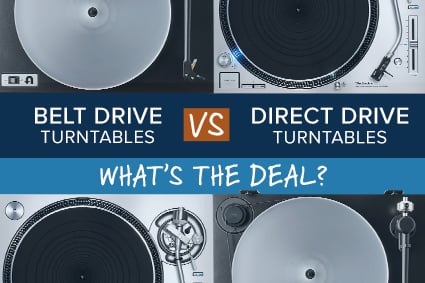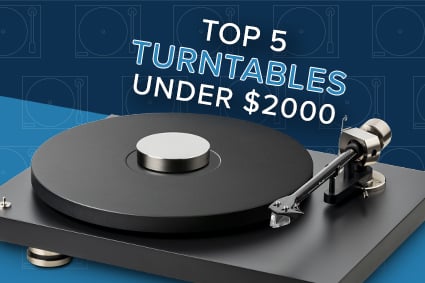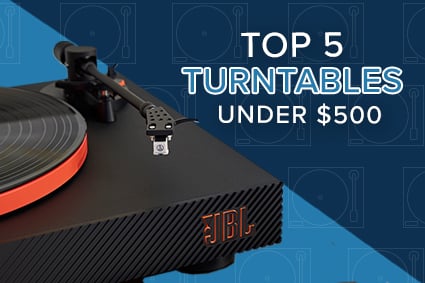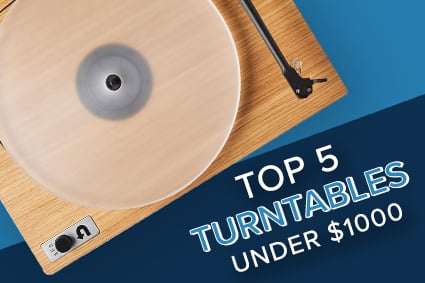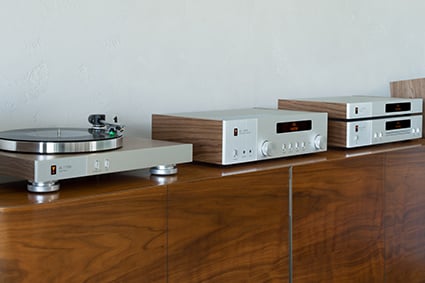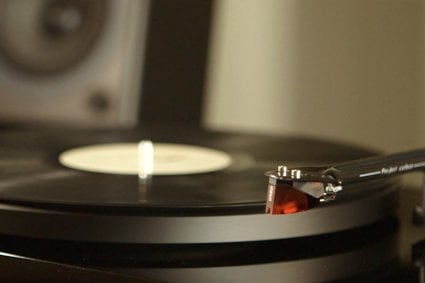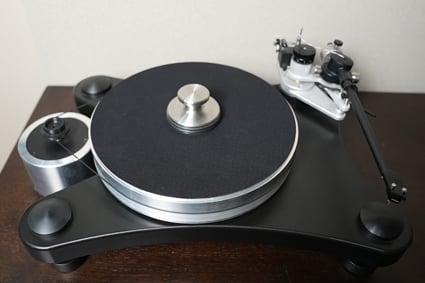Since the height of the feet on components varies, HRS makes different sized spacers you use with the Nimbus Couplers to make sure all that is touching the shelf is the Nimbus System and not the component feet. The idea is you buy a complete Nimbus assembly, which is two Couplers and one Spacer to get the height that you need. These complete assemblies are from $142 to $159 each depending on the height (1”, 1.5”, and 2”) and you need four of them.
However, being the type of equipment geeks that like to figure out how to get the best bang for the buck, we asked, why can’t you just remove the component’s feet and use 4 single Nimbus Couplers? This adds up to $180 as opposed to close to $600 using 4 of the whole assemblies.
The Nimbus Couplers are about .3” tall which makes them shorter than most equipment feet, but we have found almost all components have a little center screw you can take out and the foot comes right off. If you don’t want to do this, you can of course, just use the appropriate height Nimbus Assembly to raise up your component to clear its feet, but 5 minutes and a screwdriver will save you around $400.
The Nimbus Couplers are almost 3” in diameter and pretty sticky. Once you get them properly positioned, you can tell even by just putting your hand on your component that it feels much more dead and less likely to pick up airborne vibrations than before. For those of you still spinning CD’s, they really held damp out vibrations from your CD’s drive motor.
We like to start out with the CD player or DAC first, then add the preamp or integrated amp, followed by the power amp. We do hear bigger improvements on the front end than the power amp, which makes sense. Anything that happens to the signal, in the beginning, gets amplified by the rest of the system.
If you are like us, you will notice more clarity and separation of individual instruments using the Nimbus Couplers. We have only encountered one situation where we do not recommend the Nimbus Couplers, and that is on the plexiglass bottomed Audio Research gear.

